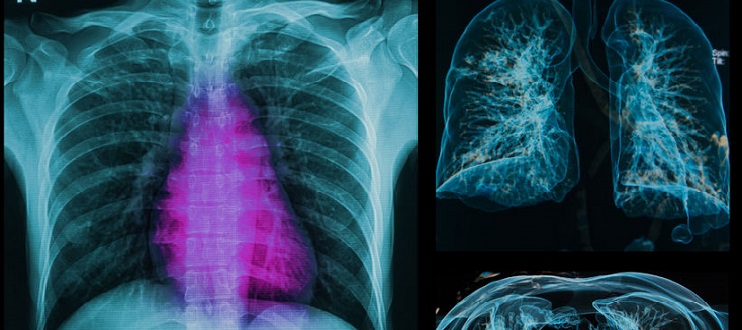

 Back to Suggested Publications
Back to Suggested Publications

Recently published on "Respiratory Research 2014", Systemic Steroids in COPD-the beauty and the beast
SUMMARY
Acute exacerbations of chronic obstructive pulmonary disease (AECOPD) are defined clinically by increased dyspnea, cough, sputum production, and airflow obstruction. Some patients with COPD rarely experience exacerbations, and some patients seem particularly susceptible. This observation has lead to a shifting paradigm in the categorization of COPD patients as distinct phenotypes, one of which is the high-risk, or “frequent exacerbator,” phenotype, defined by exacerbations in the previous year or one exacerbation requiring hospitalization. A range of variables has been associated with this phenotype.
Recently, long-term azithromycin has been shown to reduce the frequency of AECOPD, and current guidelines from the American College of Chest physicians and Canadian Thoracic Society recommend the use of long-term macrolide therapy for patients with moderate to severe COPD who have had at least one exacerbation of moderate or greater severity in the previous year despite optimal maintenance inhaler therapy. However, this recommendation is not universally endorsed, and azithromycin does not currently have a US Food and Drug Administration (FDA) indication for this use. Despite promise in reducing AECOPD, concerns about safety of azithromycin have limited its widespread use.
Azithromycin holds much promise in the prevention of lifethreatening and costly COPD exacerbations. However, the benefits are not without penalty. Physicians deciding whether to use long-term azithromycin therapy must weigh each patient’s individual risk of cardiovascular complications, and both the individual and global impact of macrolide resistance against the expected benefit.
AUTHOR: Claus F Vogelmeier
Click here to go to the article.